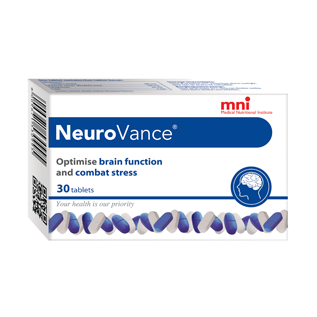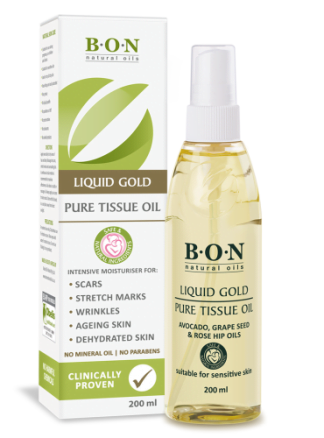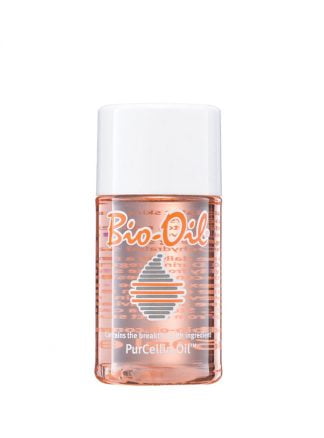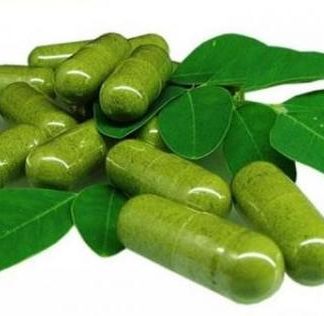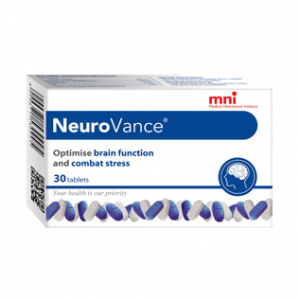Description
NeuroVance
What does NeuroVance do?
Independent research has shown that the individual plant-derived ingredients contained within this unique blend may help to support healthy brain function.
What does NeuroVance contain?
NeuroVance contains a blend of plant-derived (phytochemical) ingredients that have the potential to support healthy brain function via multiple pathways. Its multi-modal pharmaceutical action is achieved through its ability to enhance separate but interconnected components of brain function, thereby giving your brain a physiological advantage during demanding and stressful periods. The ingredients contained in NeuroVance are roseroot extract, inositol, magnesium and zinc.
Roseroot (Rhodiola rosea) is a plant that grows at high altitudes in the arctic regions of Europe and Asia. Extracts of the roots have been used in Scandinavian and European countries as part of traditional Western medicine to combat fatigue, reduce the effects of stress and to aid with convalescence during illness.
Inositol is a natural carbohydrate which is present in a variety of foods. The highest concentrations are naturally found in fruits, especially cantaloupe and oranges, and in some beans, grains and nuts. Various scientific studies on inositol supplementation have demonstrated therapeutic efficacy regarding emotional wellbeing and stress reduction.
Magnesium is a biologically essential trace element which plays a dominant role in the regulatory activity of over 300 enzymes involved in optimal nerve conduction, the production of neurotransmitters and the synthesis intracellular nucleic acids such as of DNA, RNA and ATP .
Zinc is a biologically essential trace element and co-factor in many biological processes including DNA, RNA and protein synthesis. Zinc also plays a key role in various mental functions such as behaviour and learning.
Who may benefit from taking NeuroVance?
Anyone suffering from mental exhaustion, stress or emotional hardship can benefit from NeuroVance. It is ideal during times of extreme work pressure, exams, conflict, bereavement or loss.
What is the usual dosage?
Starting dose:
Take 2 tablets 2 times a day with meals.
Maintenance dose:
Take 1 – 2 tablets 2 times a day with meals.
Who should not take NeuroVance
NeuroVance should not be used under the following conditions:
If you are hypersensitive or allergic to any of the ingredients contained within NeuroVance.
If you are pregnant or breastfeeding.
If you are using an antidepressant that belongs to the class of monoamineoxidase inhibitors [MAOIs]. These are tranylcypromine & moclobemide.
Are there any side effects?
The individual ingredients contained within NeuroVance are generally considered to have a low side effect profile. Mild gastro-intestinal irritation may occur.
Can NeuroVance be taken in combination with prescription medication such as anti-depressants, tranquillisers, mood stabilisers and sleeping tablets?
Yes, NeuroVance may be used in combination with all the above products, except with antidepressant medication that belongs to the class of monoamineoxidase inhibitors [MAOIs]. These are tranylcypromine and moclobemide.
Pharmacological mode of action
NeuroVance contains a blend of phytochemical (plant-derived) compounds that aid with the regulation of mood and concentration under stressful conditions. These are roseroot extract and inositol, presented in a proprietary formulation as Neuronase®.
Roseroot extract
Roseroot (Rhodiola rosea), also known as “arctic root” or “golden root”, is a perennial plant that grows at high altitudes in the arctic regions of Europe and Asia. Extracts of the rhizomes and roots have been used in traditional Western medicine in Scandinavian and European countries to combat fatigue, reduce the effects of stress and to aid convalescence during illness. Roseroot extract has a long history of documented use and appears in the Materia Medica of a several European countries. Its earliest recorded use dates back to France in the early 19th century where it was recommended as a “brain tonic” in literature. In the Swedish Drug and Therapy Handbook (Lakemedelsboken 1997/98), roseroot extract is classified as one of the most commonly-used herbal neuro-adaptogens in Sweden. Preparations containing roseroot extract are typically used to increase concentration and enhance mental performance during times of emotional and physical hardship.
Roseroot extract contains various chemical classesincluding flavonoids, phenolic acids, phenylethanol derivatives (salidroside andtyrosol) and phenylpropanoid glycosides (rosiridin, rosin, rosavin androsarin). In vitro studies have demonstrated that rosiridin potently inhibits the action of both monoamine oxidase A and B, two key enzymes responsible for the degradation of monoamine neurotransmitters such as serotonin, noradrenaline and dopamine.It has therefore been proposed that a possible mechanism of action explaining roseroot extract’s effect could potentially be linked to its ability to influence levels of certain mood-regulating neurotransmitters in the brain. Dierman D (2009).
Several studies have examined the influence of roseroot extract in relation to symptoms of mental and physical fatigue under stressful conditions. A randomised, double blind, placebo-controlled study evaluated the effects in subjects suffering from stress-related fatigue by measuring salivary cortisol levels in addition to performing various psychometric stress and cognitive assessments. Cortisol is a known stress hormone and is involved in the feedback regulatory mechanism of the stress response. Subjecting animals and humans to chronic stress produces characteristic changes in the hypothalamic-pituitary-adrenal axis (HPA), including an increase in the level of cortisol and a reduction in the sensitivity of the HPA to feedback down-regulation. The hyper-secretion of cortisol may under certain conditions be considered a potential marker to indicate increased stress levels. In this study, the post treatment cortisol response to awakening was significantly reduced in subjects who had received roseroot extract for a period of 28 days, as compared to the placebo-control group (n=60). Several psychometric tests conducted on the same subjects demonstrated a substantial reduction in fatigue-related symptoms and an improvement of various cognitive indicators associated with psychological stress. Olsson EM (2008).
Three double-blind, placebo-controlled studies evaluated the effects of roseroot extract in relation to mental performance on subjects that were exposed to increased levels of stress (N total =250). Endpoints included mental work capacity, as measured by various cognitive assessment models. In all trials, mental performance against a background of fatigue caused by stress was significantly improved when compared to a placebo control group. Spasov AA (2000). Darbinyan V (2002). Shevtsov VA (2003).
Two double-blind, placebo-controlled studies evaluated the effects of roseroot extract on subjects in relation to measurable mood disturbances as determined by DSM – IV criteria, namely generalised anxiety disorder (GAD) and mild to moderate depression (N total = 99). In both studies, statistically significant differences were reported in various depression and anxiety scale scores in subjects taking roseroot extract as compared to the placebo control group. Bystritsky A (2008). Darbinyan V (2000).
Inositol
Inositol (C6H12O6) is a natural isomer of glucose and is present in a variety of foods. The highest concentrations are found naturally in fruits, especially cantaloupe and oranges, and as a component of phosphates or phospholipids in beans, grains and nuts. Inositol occurs in 9 different stereo-isomeric forms, with myo-inositol being the most dominant and widely distributed in nature. Inositol is a key metabolic precursor in the phosphoinositide (PI) cycle, a second messenger linked to norepinephrine α-1, 5-hydroxytriptamine-2 (serotonin) and other receptors thought to be involved in affective and anxiety disorders. Dietary inositol is incorporated into neuronal cell membranes as inositol phospholipids where it serves as a key metabolic precursor to several subtypes of adrenergic, cholinergic, serotonergic and metabotropic neuro-receptors in the brain. Behavioural and biochemical studies indicate that inositol lipids have the potential to alter receptor sensitivity, direct membrane trafficking events and modulate signalling proteins.Harvey BH (2002).
Various scientific studies on inositol supplementation have demonstrated therapeutic efficacy regarding emotional wellbeing and stress reduction. These include three separate double-blind, placebo-controlled studies, published in the American Journal of Psychiatry, illustrating an improvement superior to placebo of symptoms associated with panic disorder, depression and obsessive-compulsive disorder. Benjamin J (1995). Levine J (1995). Fux M (1996). Another double-blind, crossover study found high dose inositol supplementation equal to that of fluvoxamine in reducing symptoms of panic disorder. Palatnik A (2001).
Magnesium
Magnesium is a biologically essential trace element which plays a dominant role in the regulatory activity of over 300 enzymes involved in optimal nerve conduction, the production of neurotransmitters and the synthesis of ATP, DNA,and RNA.
Zinc
Zinc is a biologically essential trace element and co-factor in many biological processes including DNA, RNA and protein synthesis. Zinc also plays a key role in various mental functions such as behaviour and learning.

